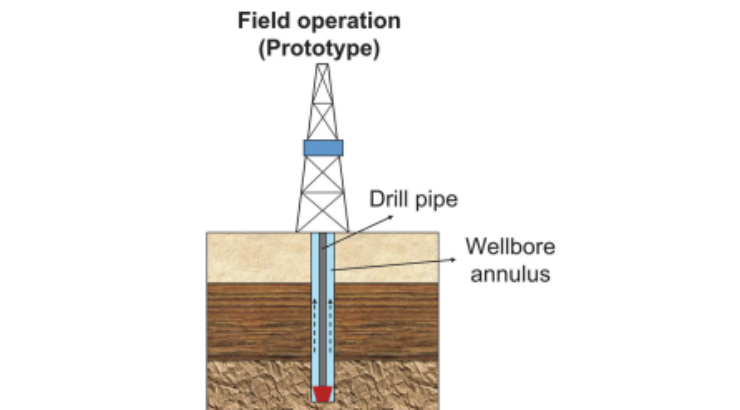Benchtop Rig Hydraulics Similitude
ID# 2021-5222
Technology Summary
Deep subterranean wells are drilled to extract renewable or fossil energy from the subsurface. When drilling such wells, the bottomhole pressure of the drilling fluid that is circulated in the wellbore must be constantly maintained within an allowable range of tolerance known as the drilling margin of the well. Penn State Researchers developed a flow loop system for estimating wellbore ECD. The researchers consider drill pipe rotation and eccentricity in deriving scaling methods that enable a direct measurement technique for estimating the wellbore ECD in the field from corresponding lab measurements of the benchtop simulation device.
Application & Market Utility
The design and scaling methods benefit from an unprecedented reduction in device size compared to existing flow loops that are being used to study wellbore hydraulics. Moreover, the benefits include reduced nonproductive time of drilling, increased rate of penetration, and substantial reduction in total cost of the well. Additionally, the resulting enhancement in the accuracy of wellbore ECD estimates may facilitate narrow-margin and extended reach drilling to access more energy resources of renewable or nonrenewable types.
The design and scaling methods can be applied in the drilling field including narrow-margin and extended reach drilling. Applications also include deepwater, highly inclined, and depleted sand drilling environments of various well designs.
Next Steps
Seeking partner for commercial development.

